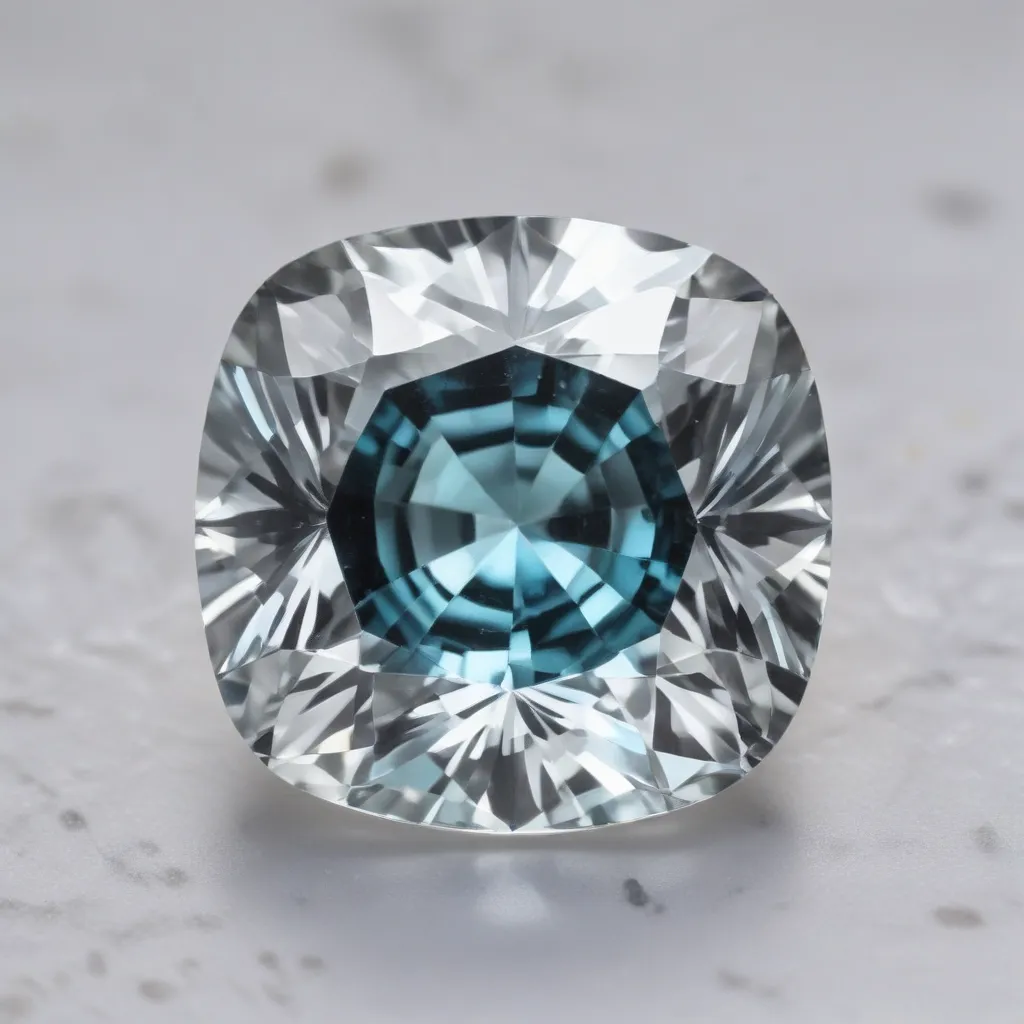
Purchasing a gemstone is an investment in both quality and beauty. To ensure you get the best value for your money, it’s essential to understand the key factors that determine a gem’s quality and appeal. This comprehensive guide will deep dive into the 4Cs of gemstones – Carat, Cut, Color, and Clarity – providing you with the knowledge to make informed decisions when buying gemstone jewelry.
Gemstone Characteristics
Carat
Carat is the unit of measurement used to express a gemstone’s weight. One carat is equal to 200 milligrams, and it is further divided into 100 points. Larger carat weights are generally more rare and valuable, but carat weight alone does not determine a gem’s quality or beauty.
Carat Weight: The physical weight of a gemstone, which can range from fractions of a carat to over 100 carats for exceptional specimens. Larger carat weights are less common and typically more expensive.
Carat Measurements: The physical size of a gemstone, which is influenced by its cut and proportions. Two diamonds of equal carat weight can appear quite different in size based on their cut quality.
Cut
The cut of a gemstone refers to the precision and craftsmanship used to shape and proportion the stone. This is arguably the most critical factor in determining a gem’s brilliance, fire, and overall beauty.
Proportions: The relationship between a gemstone’s various facets and angles, which affects how light interacts with the stone. Ideal proportions maximize the stone’s ability to reflect and refract light.
Symmetry: The precision and alignment of a gemstone’s facets, which contributes to its visual appeal and optical performance.
Polish: The smoothness of a gemstone’s surface, which impacts its ability to reflect light and appear lustrous.
Color
A gem’s color is determined by its chemical composition and the way it interacts with light. Color is a crucial factor in a gemstone’s value and desirability.
Hue: The primary color of the gemstone, such as red, blue, or green.
Saturation: The intensity or depth of the gem’s color, ranging from pale to vivid.
Tone: The lightness or darkness of the color, from very light to very dark.
Clarity
Clarity refers to the presence and visibility of internal characteristics, known as inclusions, and external characteristics, known as blemishes, within a gemstone.
Inclusions: Internal flaws or imperfections that can affect a gem’s transparency and brilliance.
Blemishes: External flaws or imperfections on a gemstone’s surface.
Transparency: The degree to which light can pass through the gemstone without being obstructed by inclusions or blemishes.
Evaluating Gemstone Quality
The 4Cs System
The 4Cs – Carat, Cut, Color, and Clarity – provide a standardized framework for evaluating and grading the quality of gemstones, particularly diamonds. This system allows consumers to make informed comparisons and purchase decisions.
Carat: As discussed earlier, this refers to the physical weight of the gemstone.
Cut: The precision and craftsmanship of the gemstone’s shape, proportions, and finish, which impact its ability to reflect and refract light.
Color: The hue, saturation, and tone of the gemstone, with colorless or near-colorless gems typically being the most valuable.
Clarity: The presence and visibility of internal and external flaws or imperfections within the gemstone.
Grading and Certification
Gemological institutes, such as the Gemological Institute of America (GIA) and the American Gem Society (AGS), have developed comprehensive grading systems to assess the quality of gemstones. These organizations provide grading reports that outline the stone’s characteristics and serve as third-party verification of its quality.
Factors Influencing Gemstone Value
Rarity and Demand
The rarity and demand of a particular gemstone type play a significant role in determining its value. Gems that are more scarce or highly sought-after in the market will generally command higher prices.
Supply and Availability: The global supply and accessibility of a gemstone variety can impact its scarcity and, in turn, its value.
Market Trends: Consumer preferences and fashion trends can influence the demand for certain gemstone types, affecting their perceived value over time.
Gemstone Varieties
Gemstones can be broadly categorized as precious gems or semi-precious gems, with the former being the rarest and most valuable.
Precious Gems: Diamonds, rubies, sapphires, and emeralds are considered the most valuable and desirable gemstones.
Semi-Precious Gems: A wide range of other gemstone varieties, including amethyst, topaz, citrine, and garnet, are classified as semi-precious.
Buying and Selling Gemstones
Purchasing Considerations
When buying a gemstone, it’s essential to consider your budget and personal preferences. While the 4Cs can help guide your decision, the ideal gem for you may not always be the one with the highest grades.
Budget: Determine the amount you’re willing to spend and balance the 4Cs accordingly to get the best value for your money.
Personal Preference: Consider your style, the intended use of the gemstone (e.g., jewelry, collection), and the characteristics that appeal to you most.
Selling and Resale
If you’re considering selling a gemstone, it’s crucial to have it professionally appraised to determine its current market value. Factors like gemstone type, quality, and market conditions will all influence the resale price.
Appraisal Process: A gemological expert will examine the stone, assess its 4Cs, and provide a comprehensive report detailing its characteristics and estimated value.
Market Conditions: Fluctuations in supply, demand, and industry trends can affect the resale value of a gemstone at any given time.
By understanding the 4Cs and the various factors that influence gemstone quality and value, you can make informed decisions when buying, selling, or enjoying these captivating natural treasures. Whether you’re a seasoned collector or a first-time buyer, this guide will equip you with the knowledge to appreciate the true beauty and worth of gemstones.

